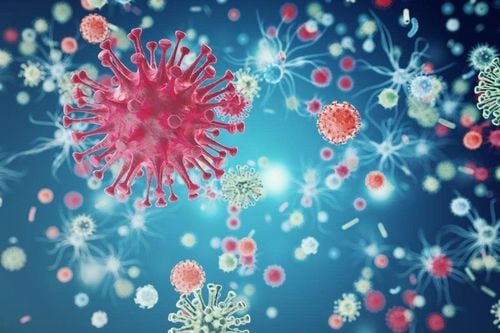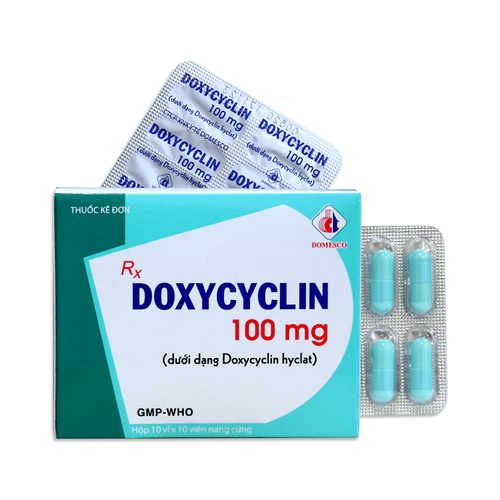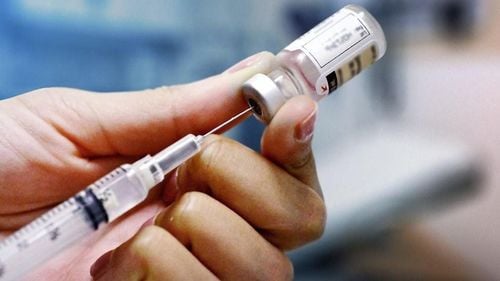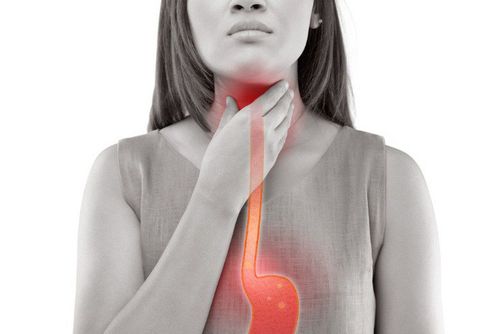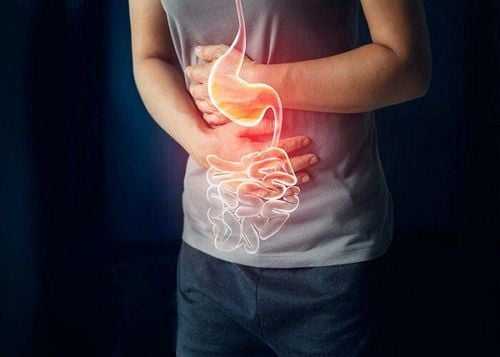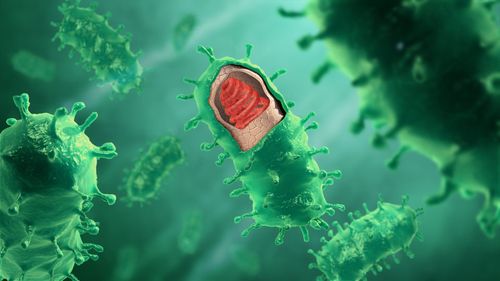This is an automatically translated article.
Posted by Master, Doctor Tran Thi Vuong - Laboratory Department - Vinmec Hai Phong International Hospital
Most of the diseases caused by viruses are acute and chronic diseases, which can cause certain effects on the health of the patient. Today, thanks to diagnostic testing methods for viral infections, more than 500 different viruses can be detected, improving the effectiveness of human disease treatment.
1. How do I collect samples to diagnose viral infections?
Pathologies on the human body are very diverse, can be caused by one or more causes with clinical manifestations ranging from mild to severe. Therefore, to accurately diagnose the disease and what is the cause of the disease, it is necessary to use the laboratory.
For laboratory diagnosis of viral infections, technicians have to work with clinical samples with a risk of infection in the form of aerosols, so the possibility of facing a very high risk of exposure, to ensure For laboratory safety, biological fume hoods should be used.
It is very important to collect samples for diagnosing viral infections, the time to take samples from the patient, the sampling location, the way to store and transport the samples... are factors that can affect the results. patient test results.
In the case of virus isolation, specimens should be collected during the early stages of the disease (duration of viremia) and throughout the period of viral shedding.
If serology is to be diagnosed, serum samples need to be taken within the prescribed time. The process of selecting the type of sample to collect for each disease also requires the laboratory technician to have an understanding of the pathogenesis.
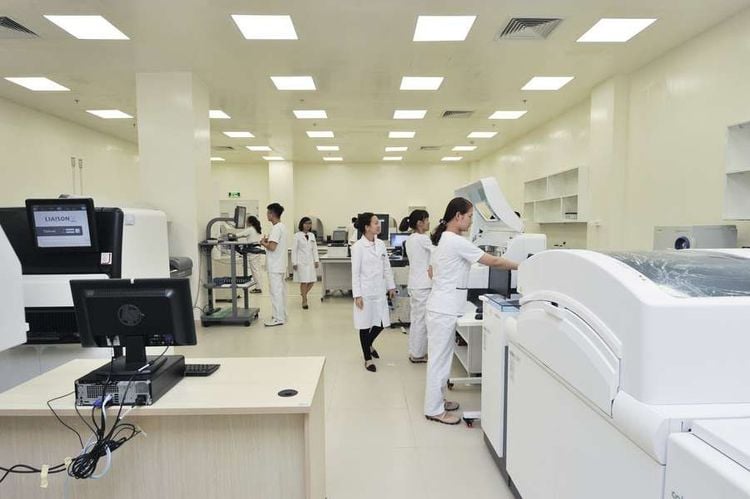
Thu thập mẫu để chẩn đoán nhiễm virus được thực hiện tại phòng thí nghiệm
2. Viral culture from clinical specimens
Laboratory animals or monolayer cells that can isolate viruses. The process of culturing the virus must be strict in terms of storage, temperature and time to be sent to the laboratory (the shortest time).
Specimens that are not capable of bacterial superinfection such as blood, cerebrospinal fluid, biopsied tissue fragments... do not need to be treated with antibiotics, if the specimen can be contaminated with bacteria such as urine, nasal discharge throat, feces... should be treated with bactericidal and fungicidal antibiotics at appropriate concentrations before performing viral culture.
After culturing the virus on sensitive cell lines or on laboratory animals, it is necessary to observe the pathological manifestations in cells or animals so that suspected virus samples can be collected and continued to be tested. classification by appropriate techniques.
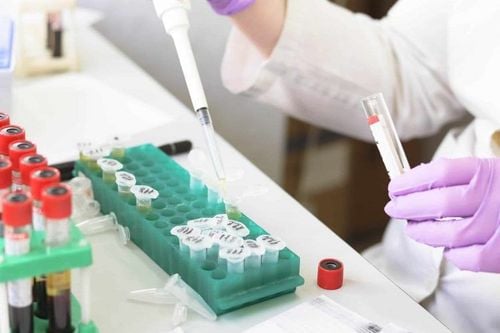
Quá trình nuôi cấy virus phải đảm bảo nghiêm ngặt về cách bảo quản, nhiệt độ và thời gian
3. Test methods to diagnose viral infections
Fast virus detection by microscope Thanks to the microscope, it is possible to observe extremely small-sized objects that cannot be seen by the naked eye. The microscope's ability to magnify the normal 40-3000 times helps detect viruses indirectly through the presence of lymphocytes, macrophages and giant cells.
Virus detection by electron microscopy Virus detection by electron microscopy is one of the commonly used diagnostic tests for viral infections, helping to detect viruses from clinical specimens.
Detection of antigens In the case of viral strains that do not have many serotypes, direct antigen detection will help in rapid diagnosis. However, it is required that the amount of antigen present in the sample be sufficient to be detectable by standard serum.
Immune staining method Immunosorbent staining is a diagnostic method for viral infections used to detect some viruses in the upper respiratory tract such as influenza A virus, RSV, mumps virus, measles virus, Herpes Simplex virus. from the blister...
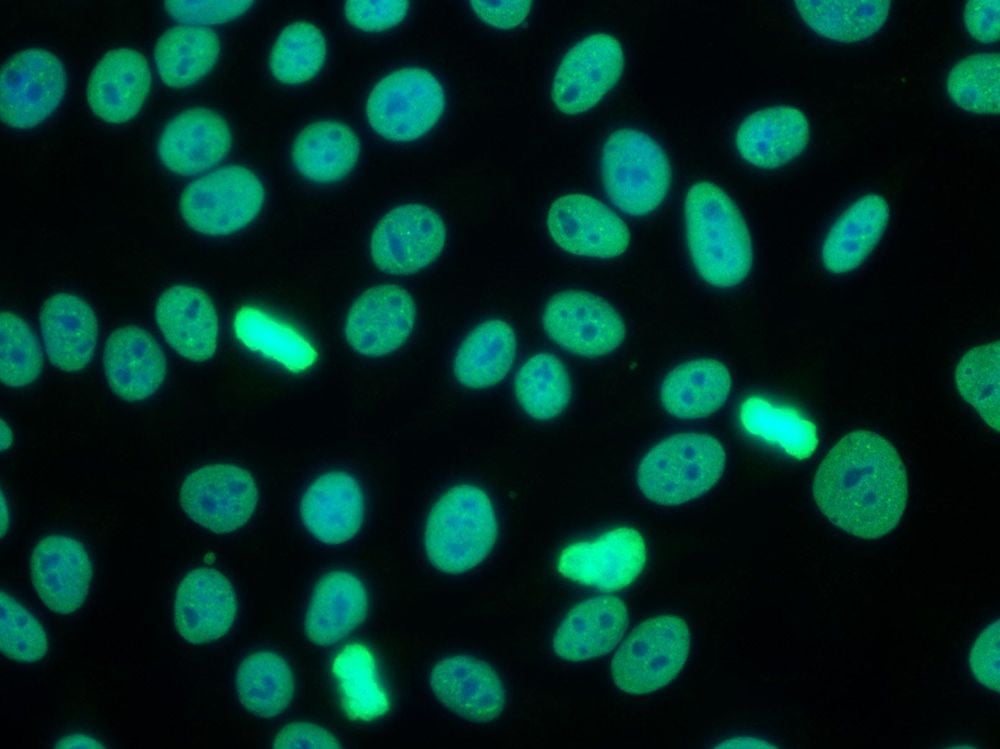
Phương pháp nhuộm miễn dịch
Serological diagnosis First it is necessary to quantify viral antibodies, methods to determine include:
Direct method of determining the interaction between antigens and antibodies; The method relies on the ability of the antibody to interact with the antigen, performing some non-viral function; Direct method for determining the ability of antibodies to interfere with some specific viral functions. After quantification of viral antibodies, the technician will respond with antibodies to the viral infection. In most cases of primary viral infection, antibodies will be significantly elevated in serum. Therefore, determination of antibody levels in a pair of serum samples collected early in the course of the disease (acute) and late or after recovery (remission) can be used for diagnosis.
Quantification of IgM and IgA antibodies IgM antibodies are usually made early in the patient's body after a viral infection and usually last for 1-3 months, sometimes longer. When there is viral replication or presence in the body, IgM is produced. Therefore, IgM quantification is an effective tool in the diagnosis of viral infections for early diagnosis in the course of infection, very useful for patient management.
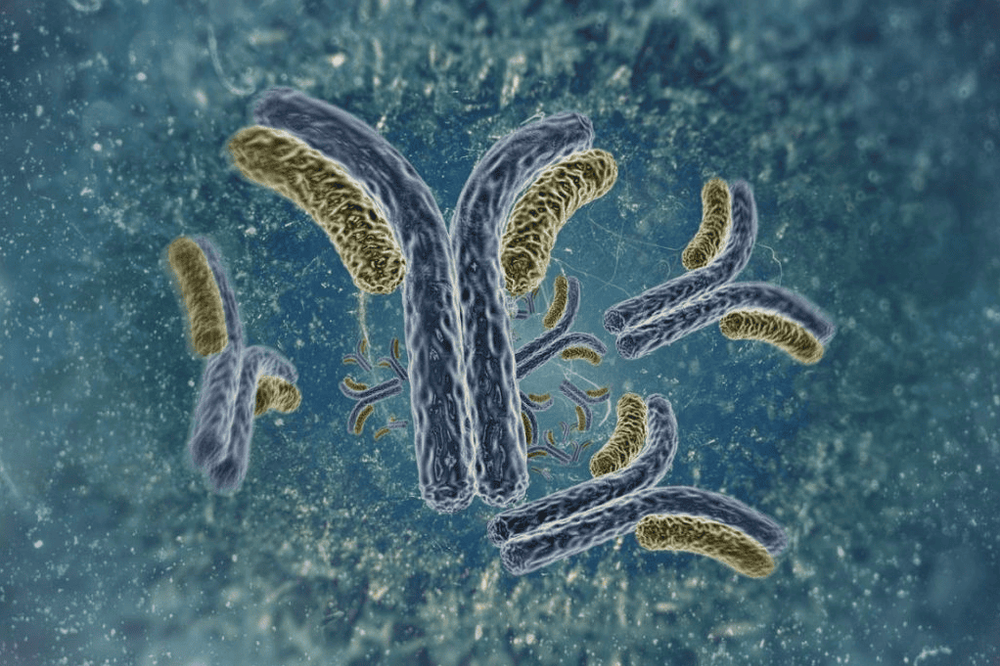
Định lượng kháng thể IgM và IgA
Solid phase immunoassay This method has many advantages in diagnosing diseases caused by virus-infected patients. Just a short time, solid phase immunity can help diagnose diseases related to hepatitis A, B virus, Rotavirus....
Fluorescent antibody method This viral infection diagnostic test method Mainly used to evaluate fresh/frozen lung tissue or BAL. The sample will be directly attached to fluorescent antibodies to view the nucleocapsids.
Detection of genetic material (nucleic acid) Detecting genetic material in the diagnosis of viral infections includes hybridization and polymerase chain reaction (PCR).
To register for examination and treatment at Vinmec International General Hospital, you can contact Vinmec Health System nationwide, or register online HERE
MORE:
HPV virus can cause out what diseases? What disease can HPV virus cause in men? How many types of dengue virus cause hemorrhagic fever?





